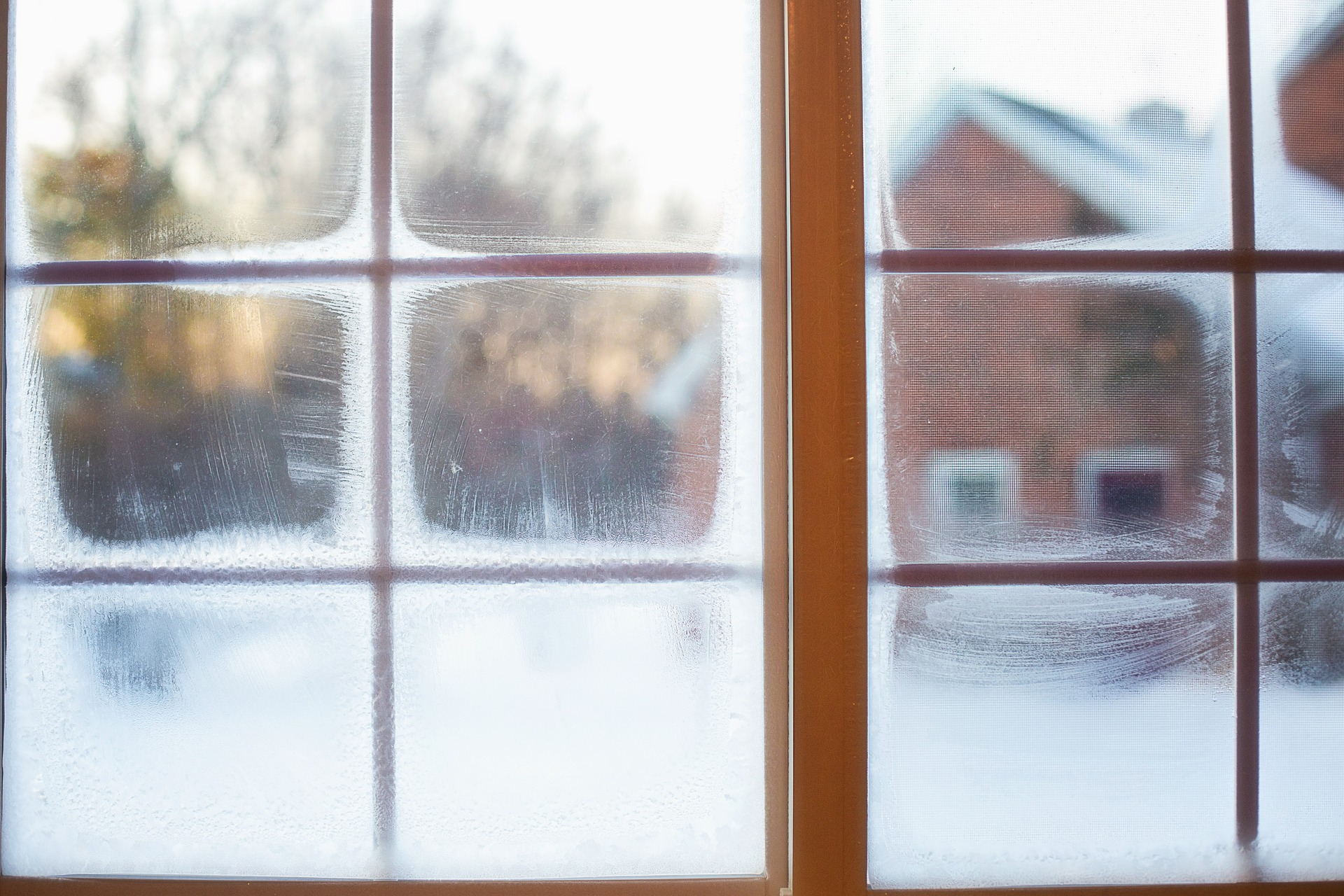The siding of your home is arguably the biggest factor contributing to curb appeal. Plenty of home buyers can look beyond the aesthetics but imagine how many sales are lost because of bad first impressions. Choosing the right siding—style and material—can be a strong first step to maximizing the value of your home.
While it’s easy to get caught up in aesthetics, you can’t forget to think about the practical function of siding—protecting the home against the elements. You may love the look and feel of wood siding, but the reality may be that it just isn’t the best option for your climate.
Especially in the Northern Virginia area, you have to make sure the siding you choose doesn’t sacrifice weather protection.
Versatility Key in the Northern Virginia Climate
If you listen to the state of Virginia describe itself, you’ll find that the state enjoys a “Goldilocks” climate—not too hot and not too cold. From a temperature perspective, that’s a nice description.
But when you start thinking about the elements you deal with regularly, constant fluctuation may seem like a more appropriate description.
The reality is that Northern Virginia experiences year-round rainfall in addition to big swings in temperatures. It could be below freezing in early January and eclipse 100°F in the Summer months. Thunderstorms, hail, and high winds are all potential elements that will impact the exterior of your home.
And siding is your first line of defense to protect the house. Mismanaged maintenance or the wrong choice of materials can lead to wear-and-tear that ultimately degrades home value.
Don’t worry, you still have plenty of siding options to balance protection and aesthetics in the Northern Virginia climate.
3 Types of Siding for Northern Virginia Homes
As you contend with coastal salt, high humidity, heavy rainfall, and more, consider the pros and cons of these 3 types of siding for your home.
- Vinyl: Nearly two-thirds of new homes in the Northern Virginia area have vinyl siding, so you know it’s a strong choice. It’s water resistant and gives you enough protection against wind and heat. However, standard vinyl siding isn’t as strong in high winds. So, if you’re in the Blue Ridge area, you may want to choose a heavier version of vinyl siding.
- Wood/Cedar: Many home owners in Northern Virginia choose wood and cedar siding for its aesthetics. If you make this choice, know that the siding will require more maintenance than other options. It’s susceptible to rot and mildew in the wet climate. The wood can crack as it expands and contracts in the humidity. And if you’re near the coast, you could see damage from salt air. Climate challenges aside, wood and cedar siding are quality options and, with regular cleaning/sealing, can work in Northern Virginia.
- Fiber Cement: If protection is your top priority, fiber cement may be your best option. It’s extremely durable in all weather conditions, including high winds. There’s a potential for mildew buildup, but you can clear that by power washing when necessary. Overall, it’s a low maintenance option that comes in a variety of colors. It’s more expensive than vinyl but should cost you less than wood/cedar options.
In the end, you should feel safe to choose whichever siding suits your tastes—but if resale is the main focus, understanding which siding is best for the climate can help you boost valuation a bit more.
If you want to learn more about increasing the value of your home with exterior renovations, check out our ebook that covers more about siding and 7 other potential projects.











Comments